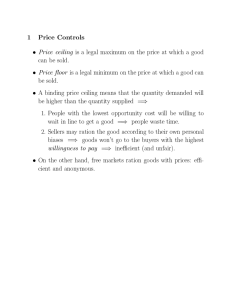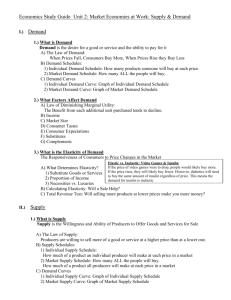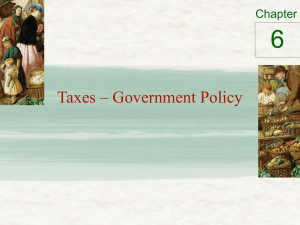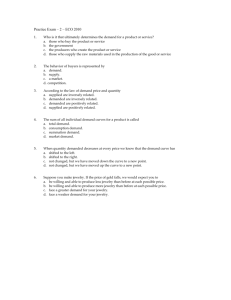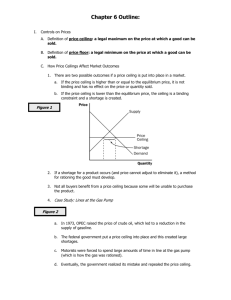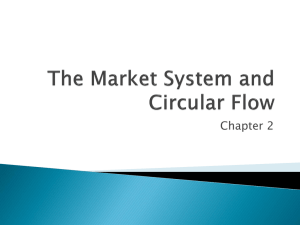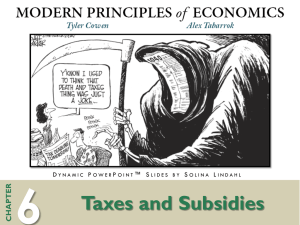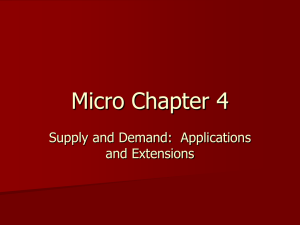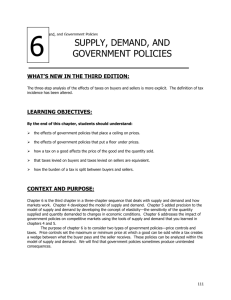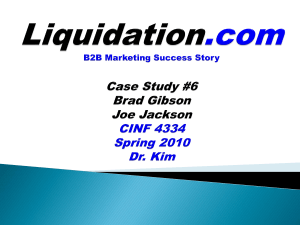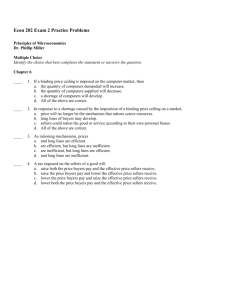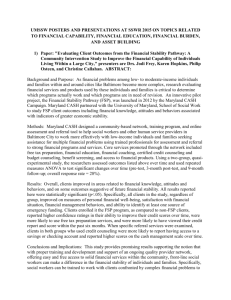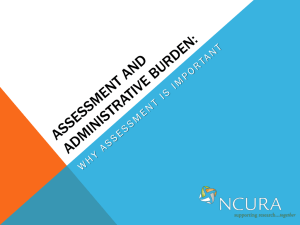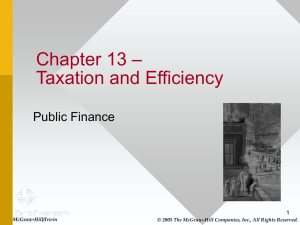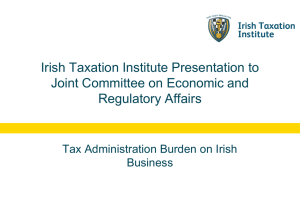File
advertisement
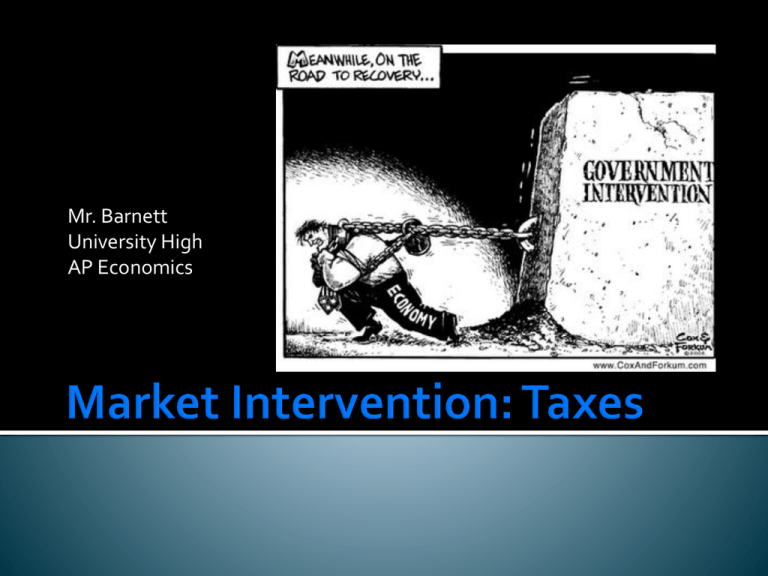
Mr. Barnett University High AP Economics Why does the government tax goods & services like cigarettes, alcohol and gambling? “Sin taxes” ▪ Health drawbacks from alcohol and cigarettes are paid for by all members of society (users and non-users) ▪ Thus, seems fair to tax individuals using products Addictive – so demand is inelastic and a tax would raise a lot of money Tax incidence – the manner in which the burden of a tax is shared among participants in a market How taxes affect market outcomes Unit taxes (Government requires buyers or sellers to pay a certain dollar amount for each unit of a good sold) ▪ Will ______ supply, Will ______demand ▪ The supply/demand curve will decrease (shift left) by the amount of the tax How taxes affect market outcomes cont. The quantity of the good sold will decline Buyers and sellers share the burden of the tax ▪ Do buyers and sellers like taxes? Why not? ▪ Buyers pay more for the good (b/c of added tax) ▪ Sellers receive less for the good Taxes discourage market activity Tax can be on buyers or sellers (thus, can affect supply or demand curve) ▪ Supply curve shifted by taxes on suppliers ▪ Demand curve shifted by taxes on consumers Partner 1: You are “Big Brother” Choose a good you want, who you are taxing & why you are taxing that good Tell your partner what the original price was and the amount of the tax Partner 2: You are the supplier or consumer Show the shift in the supply or demand curve Show Prices ▪ Price without tax ▪ Price that buyers will now pay ▪ Price that sellers will now receive Partner 1: Show the resulting graph and prices if you switch who (buyer or supplier) got taxed When a tax is imposed on good with inelastic demand (like cigarettes) producers are able to pass along most of it to consumers If the supply is more inelastic than demand, then the producer will bear a greater burden of the tax What is the tax burden on consumers and producers if the government passed an excise tax on new fuel-inefficient cars that did not get 35 miles per gallon? A new Aston Martin DB9 costs around $200,000 Averages 13 MPG The elasticity of demand for a new Aston Martin DB9 is 4.0 and the elasticity of supply is 0.5 Aston Martin Lagonda Limited is taxed by the government $3,000 per unit (car). Will consumers or producers bear more of the burden from the tax? The shift in the _______curve to the _____is equal to $_______ The consumers’ share of the tax burden is $_____ Producers share of the tax burden is $______ The new price consumers pay is $_______ The new price suppliers receive is $_________ Graph it! Three criteria for all taxes Is it equitable/fair ▪ Taxes should be impartial and fair ▪ Need to avoid possible loopholes that create inequality Is it objective? ▪ Need to avoid possible loopholes that create inequality ▪ Is it easy to understand? ▪ Individual income tax – difficult to understand and do on your own ▪ Sales tax – easier to understand and straightforward Is it efficient? ▪ Easy to administer ▪ Reasonably successful at generating revenue – worthwhile Resource Allocation: factors of production affected when taxes are levied May raise costs of production, product price Behavior Adjustment: some taxes encourage/discourage behavior Ex: Sin Tax = relatively high tax designed to raise revenue, discourage consumption of socially undesirable product Ex: Homeowners use interest paid on mortgage as tax deduction … encourages people to buy a home Productivity & Growth Taxes can change incentives to save, invest, and work Why work more if you’ll be taxed more? Incidence of Tax, or final burden of the tax = who actually “pays” it? Ex: City wants to tax local utility co… utility co. raises rates = consumer bears burden of the tax Is the tax fair/equitable? 1. 2. 3. 4. FICA (Social Security) taxes How elastic are these curves? Designed so workers and firms share burden of the tax How does the tax affect labor suppliers & labor demanders Let’s recap A tax burden falls more heavily on the side of the market (suppliers or consumers) that is _______ elastic A small elasticity of demand means that buyers do not have good alternatives ▪ No good substitute (opportunity cost) A small elasticity of supply means that sellers do not have a good alternative to produce ▪ No good plan B (opportunity cost) Go through your notes for this week and come up with 2 quiz questions Write down your quiz questions on scrap paper Exchange questions with a partner and answer each other’s questions Discuss answers! An ideal tax has what characteristics? Do consumers or producers benefit from a government tax?
